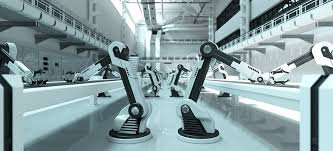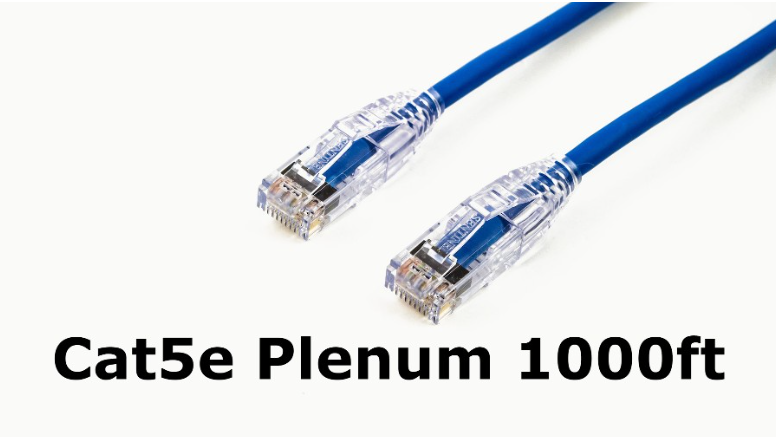Introduction
Single Source Technologies (SST) change fabricating by solidifying different creation processes into a brought-together framework. SST incorporates configuration, designing, and creation stages, improving productivity and diminishing expenses. As per a Deloitte study, organizations carrying out SST accomplish up to 20% higher efficiency and 40% quicker time-to-showcase. SST limits blunders and waste by smoothing out activities, which are vital in businesses like auto and aviation.
For example, Boeing uses SST to combine its inventory network, diminishing gathering time by 25% and costs by 30%. This approach streamlines asset use and lifts development with consistent cooperation across divisions. SST becomes a crucial technique as assembling intricacies develop, engaging organizations to remain cutthroat in a quickly developing business sector scene.
Benefits of Single Source Technologies
Single Source Technologies (SST) offers convincing advantages across different ventures. By incorporating processes under one umbrella, SST diminishes creation costs altogether. Research by McKinsey demonstrates that organizations taking on SST can accomplish cost reserve funds of up to 15% yearly through smoothed-out tasks and decreased above. Additionally, SST improves quality control by limiting imperfections and guaranteeing consistency all through creation cycles. For instance, Toyota’s execution of SST in its assembling processes has prompted a 20% decrease in imperfection rates and a 30% expansion in, generally speaking, hardware viability (OEE).
Furthermore, SST speeds up chance-to-showcase by a normal of 30%, empowering quicker reaction to advertise requests and decreasing lead times. This approach helps functional productivity and encourages advancement by redistributing assets towards innovative work. As businesses progressively focus on productivity and spryness, SST is a foundation of present-day fabricating techniques, offering substantial advantages that drive economic development and seriousness.
Applications of Single-Source Manufacturing
Single Source Manufacturing (SSM) finds assorted applications across ventures, streamlining creation processes from plan to dissemination. In the auto area, SSM works with a consistent combination of sequential construction systems, prompting a 25% decrease in underway lead times and a 15% increment in throughput proficiency, as revealed by industry studies. Moreover, in aviation, SSM upgrades the store and network of the board by combining parts obtained and getting them together, bringing about a 30% reduction in planned operations costs and a 20% improvement in gathering exactness.
SSthe M has changed the gadgets business, empowering conventional assembly and erring fast prototyping and customization. Organizations like Apple use SSM to synchronize configuration changes with assembling refreshes, accomplishing a 40% decrease in the time expected for item cycles. These applications highlight SSM’s flexibility in improving functional dexterity and cost-viability across areas, making it essential for organizations to remain serious in the present unique market climate.
The Future of Single Source Technologies
The eventual fate of Single Source Technologies (SST) guarantees proceeded with development and reconciliation across enterprises. With headways in artificial reasoning and AI, SST is ready to improve prescient support capacities, lessening margin time by up to half in assembling offices.
In addition, the reception of IoT (Web of Things) in SST will empower constant information examination, streamlining creation processes for proficiency gains of up to 30% as per conjectures by PwC. Moreover, SST’s application in reasonable assembling rehearses is set to lessen carbon impressions by 25% through improved asset use and waste decrease techniques. As enterprises embrace computerized change, SST will be vital in cultivating coordinated effort across worldwide stockpile chains, working with consistent correspondence and improving straightforwardness. By 2030, specialists foresee SST as vital to accomplishing Industry 4.0 norms, driving efficiency gains, and practical development in a quickly developing worldwide economy.
Conclusion
Single Source Technologies (SST) addresses a groundbreaking way to deal with present-day production, incorporating cycles to upgrade proficiency, diminish expenses, and drive development. With unmistakable advantages, such as further developed efficiency, quicker time-to-advertise, and upgraded quality control, SST is reshaping ventures from cars to gadgets. SST’s future looks encouraging as innovation develops, with headways in artificial intelligence, IoT, and manageability promising much more prominent efficiencies and ecological advantages. Embracing SST guarantees seriousness and cultivates maintainable development in a powerful worldwide economy. Organizations that embrace and adjust SST methodologies will probably lead the way in accomplishing functional greatness and fulfilling the needs of the upcoming assembly scene.





One thought on “Single Source Technologies: The Future of Manufacturing”